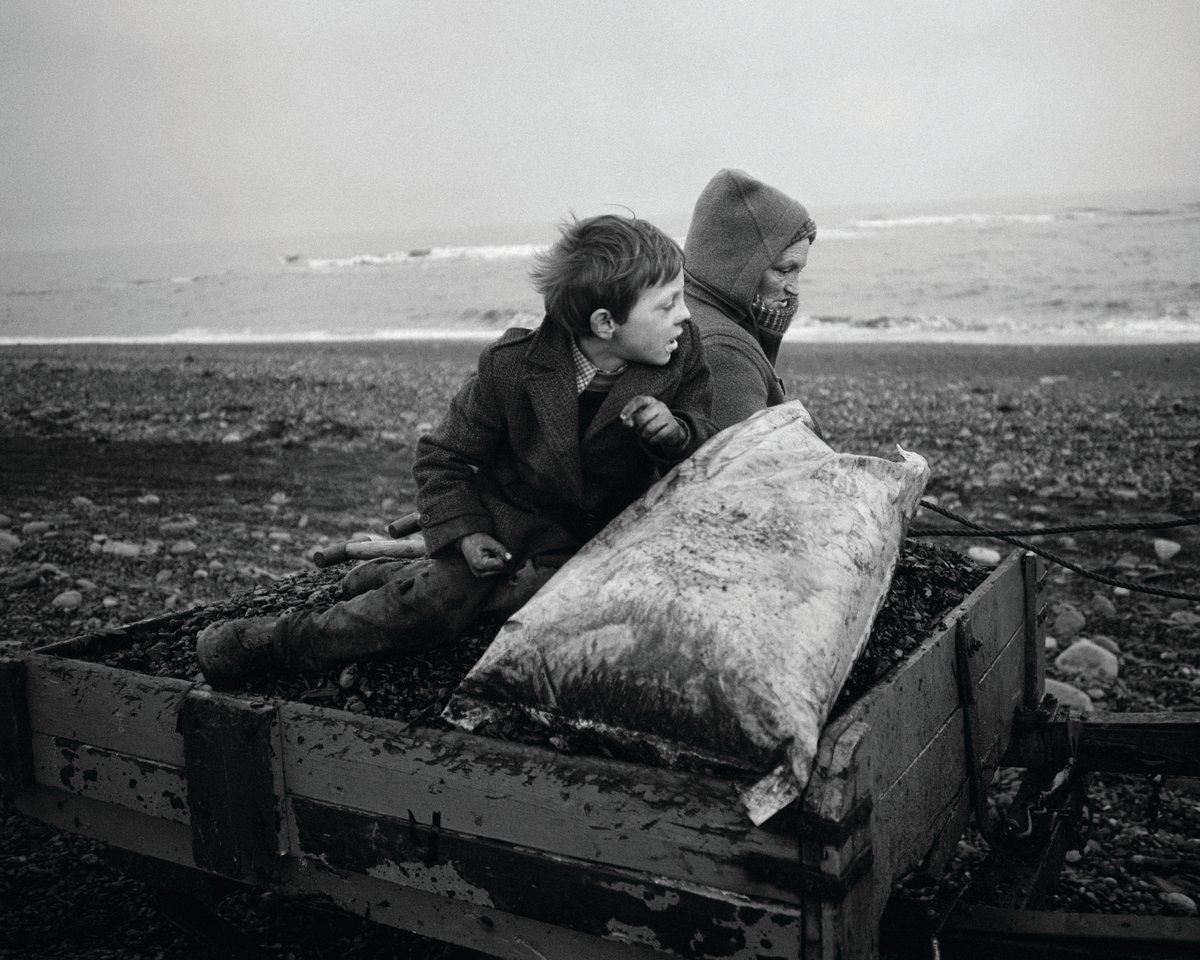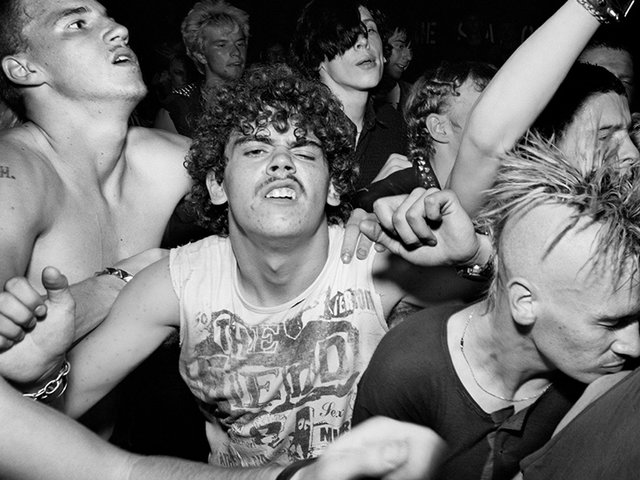“What I became, by default, was the photographer of the ‘de-Industrial Revolution,’” says the artist Chris Killip, whose powerful black-and-white images of devastated working-class communities in northern England will be featured in a solo exhibition at the Getty Center in Los Angeles (Now Then: Chris Killip and the Making of In Flagrante, 23 May-13 August). The Getty owns a complete set of the 50 pictures in Killip’s 1988 book In Flagrante, which will form the core of the exhibition. Pictures from two related photo series, contact sheets, working prints and a documentary on Killip are also included.
Presented alongside the images from In Flagrante are three photographs that Killip chose to add to a 2015 re-edition of the book. One of those images shows a vandalised housing estate with children playing out front and graffiti that says: “Bobby Sands Greedy Irish Pig”. Killip rushed out to shoot the picture after learning that the hunger-striking Irish nationalist had died. “I thought it was too much at the time, I didn’t put it in,” Killip says. “Now, I just think it’s history.”



